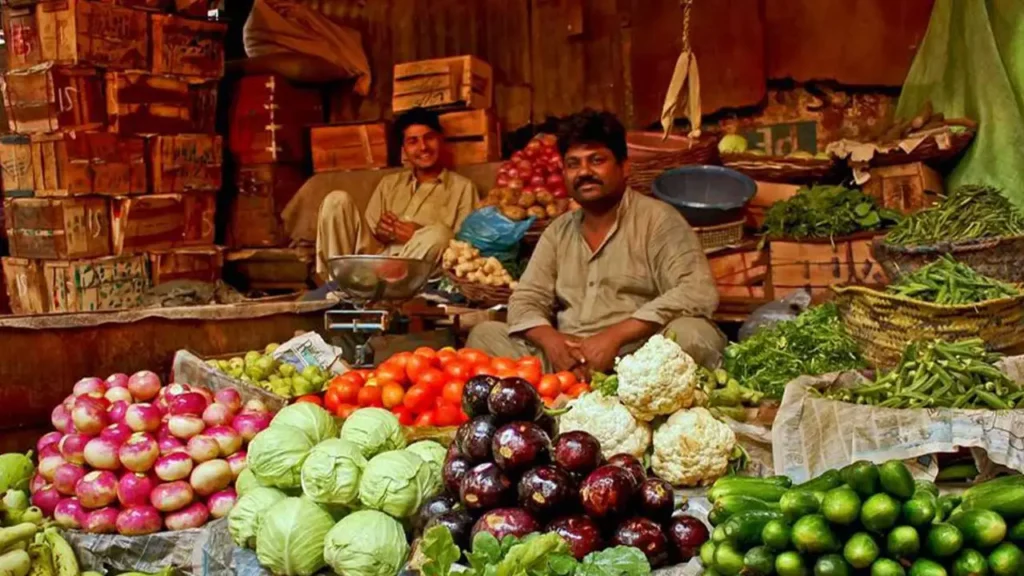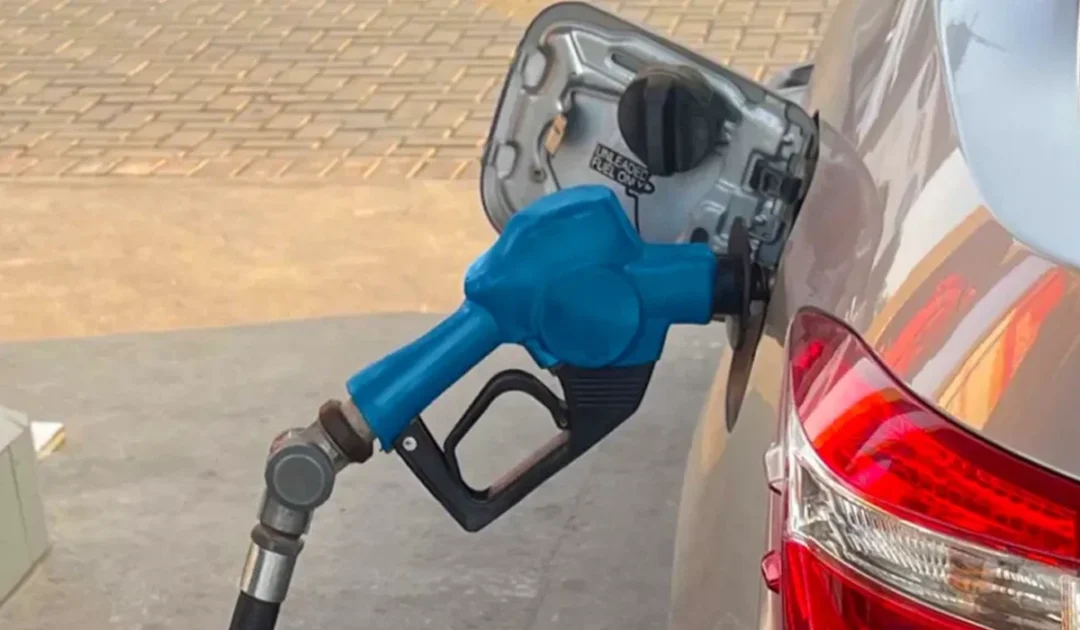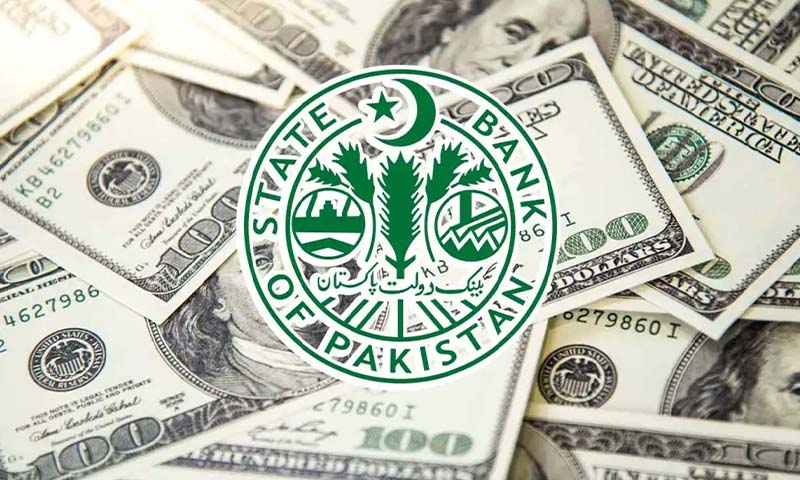- Web Desk
- Yesterday
Pakistan’s weekly inflation inches down; food prices show mixed trend
-

- Web Desk
- Jun 13, 2025

ISLAMABAD: Weekly inflation in Pakistan saw a slight decline for the second straight week, with official data on Friday showing prices of key food items continuing to shift unevenly.
The Sensitive Price Indicator (SPI), which tracks the cost of 51 everyday essentials, dropped 0.11 per cent for the week ending June 12, according to the Pakistan Bureau of Statistics (PBS). On a year-on-year basis, the SPI was down 1.41 per cent, an unusual development in a country where food and fuel costs have kept inflation persistently high.
The latest numbers reflect a mixed picture for households already squeezed by months of price pressures. Items such as chicken and garlic saw notable declines, while vegetables like tomatoes and potatoes jumped sharply.
What got cheaper, and what didn’t
Among the 51 tracked goods, prices of 15 items rose, nine fell, and the rest remained unchanged.
Chicken prices dropped by more than 11 per cent this week, while garlic became cheaper by nearly 6 per cent. Pulses, a staple for many low-income households, also saw minor declines. Cooking oil, wheat flour and LPG registered slight reductions.
But any relief was offset by sharp increases in other essentials. Tomatoes surged nearly 20 per cent, potatoes rose over 9 per cent, and onions were up 3.2 per cent. Prices of bananas, eggs, powdered milk, and sugar also ticked higher.
Annual trend offers some breathing room
Looking at the broader trend, annual inflation as measured by the SPI fell by 1.41 per cent compared to the same week last year, helped largely by double-digit declines in several high-consumption items.
Onions are now over 60 per cent cheaper than they were a year ago. Electricity bills for the first quarter fell more than 40 per cent. Garlic, tomatoes, wheat flour and pulses also posted noticeable year-on-year reductions.
However, not everything is cheaper. Eggs are 31 per cent more expensive than a year ago, sugar is up nearly 24 per cent, and bananas cost around 16 per cent more. Prices of some household items, including women’s sandals and lawn fabric, also rose sharply.
Impact felt differently across income groups
The effect of weekly inflation varied by income. For the poorest households, inflation increased slightly by 0.15 per cent this week, while the highest-income group saw a 0.18 per cent decline.
On a yearly basis, the lowest income group saw the biggest drop in inflation, down 1.59 per cent, compared to a 0.36 per cent fall for the highest income earners. Overall, annual inflation across different income brackets ranged between 2.78 per cent and 0.36 per cent.
Urea down, cement higher than last year
The cost of key inputs for farming and construction also shifted. The average price of Sona urea declined marginally to Rs4,455 per 50kg bag, down 6 per cent from last year. Meanwhile, cement prices dipped slightly on a weekly basis to Rs1,410 per bag, but were still nearly 12 per cent higher than a year ago.
The SPI is published weekly and offers a snapshot of short-term price movements across 17 cities. It helps authorities and analysts keep tabs on changes in the cost of basic goods, many of which form the bulk of monthly expenses for ordinary Pakistanis.
While the recent numbers suggest some easing in overall inflation, rising food prices continue to weigh on household budgets. Much will depend on the upcoming federal budget, energy pricing decisions, and whether global commodity markets stabilise in the coming months.
Read next: Here’s how much the iPhone 14 Pro Max costs in Pakistan right now




